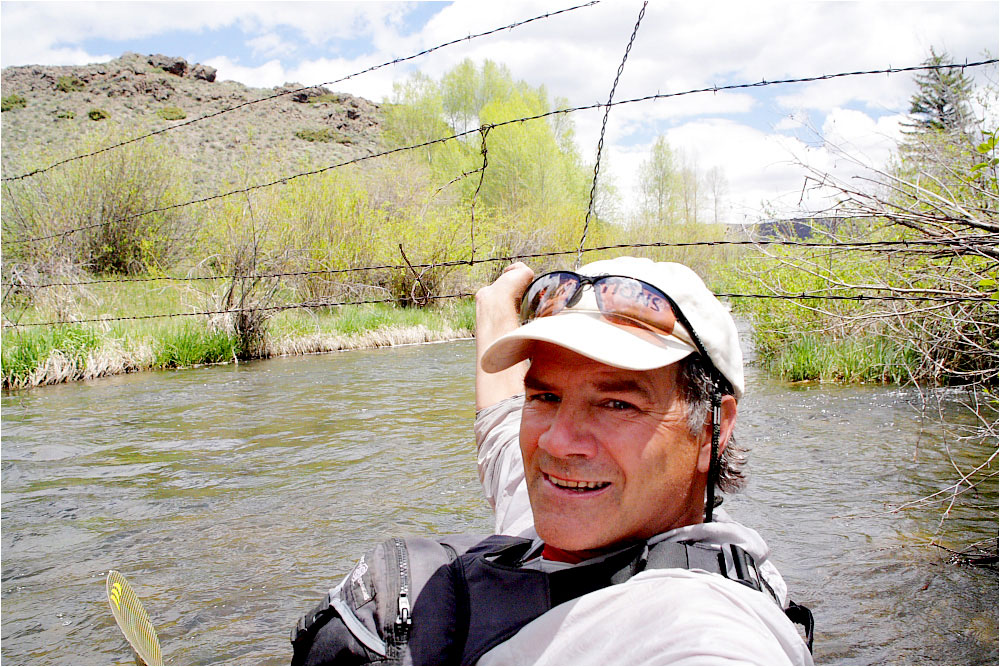Buried for Decades, Urban Waterways Are Natural Cure for Concrete World

Among the losers of the great 20th-century urbanization were the rivers and streams in cities around the world, soon to be sharing their space with millions of new people. Pushed underground and padded with concrete to make way for elevated expressways and commercial foundations, their flows were often reduced to a trickle — their existence all but forgotten as city populations swelled and skyscrapers rose just feet above them.
Now, a worldwide effort aims to restore these hidden waterways, providing new green space in some of the largest cities on the planet.
Leading the way is Seoul, capital of South Korea. Four years ago the government completed a $384 million recovery project to lift the Cheonggyecheon stream up from beneath a network of pavement built in the 1950s. According to The New York Times, 90,000 people now visit the stream daily, which lies at the center of a newly-imagined “green corridor” in the heart of the city.
“We’ve basically gone from a car-oriented city to a human-oriented city,” said Lee In-Keun, Seoul’s assistant mayor for infrastructure.
Besides attracting a new generation of young professionals, lifting the Cheonggyecheon up to the city’s surface has other benefits. The open water tends to absorb flood rains better than sewers, while also cooling areas that suffer from the urban “heat island” effect — especially those areas overcooked by hot asphalt in broad sunlight. Summer temperatures are now about five degrees cooler in the area around the stream corridor than other parts of Seoul, according to city officials. Air pollution has dropped substantially as well.
Since being uncovered, the number of fish and bird species observed in the stream has each increased about sixfold, while the number of insect species has jumped from 15 to 192.
But the changes haven’t been just environmental. A new study from researchers at University of California, Berkeley found that “replacing a highway in Seoul with a walkable greenway caused nearby homes to sell at a premium after years of going for bargain prices by comparison with outlying properties.”
Seoul’s story now has others thinking. Cities like Singapore and San Antonio — with its renowned river walk — have enjoyed their own success at resuscitating rivers. In Los Angeles there is renewed interest in the Los Angeles River, whose bottom was paved over decades ago by the Army Corps of Engineers, as an asset instead of an inconvenience.
Smaller cities are also taking notice. In Yonkers, N.Y., for example, city officials seem likely to finally move ahead with a long-awaited revival effort that would lift-up some 1,900 feet of the Saw Mill River, currently running through a giant flume beneath the city that was built in the 1920s.
Back in Seoul, a recent evening found Yeon Yeong-san, 63, strolling the Cheonggyecheon’s banks with his wife. Yeon, who runs a sporting apparel shop, walks along the stream every day.
“We did not think about exercising here when the stream was buried underground,” he said.
Read more here.
Source: The New York Times











Leave a Reply
Want to join the discussion?Feel free to contribute!